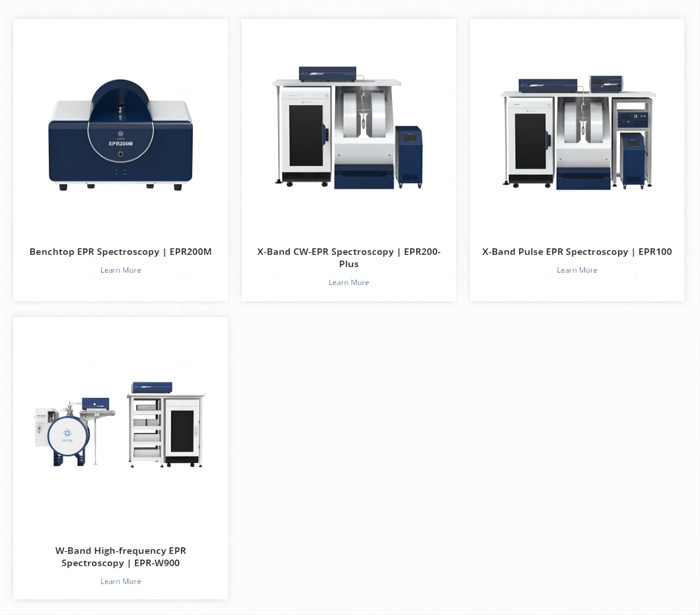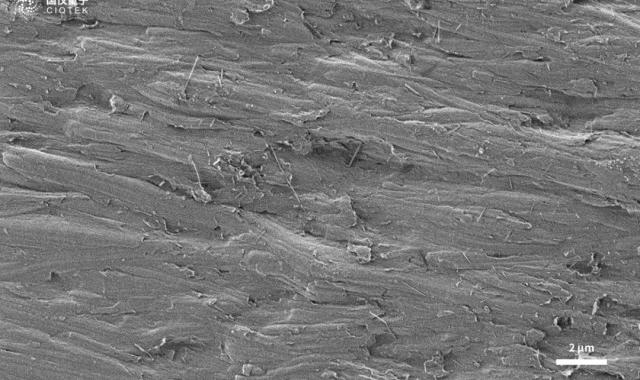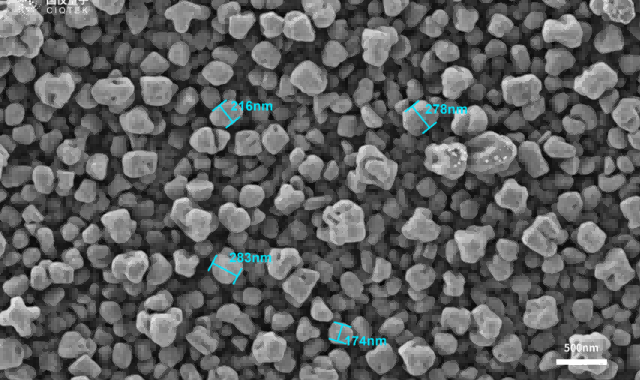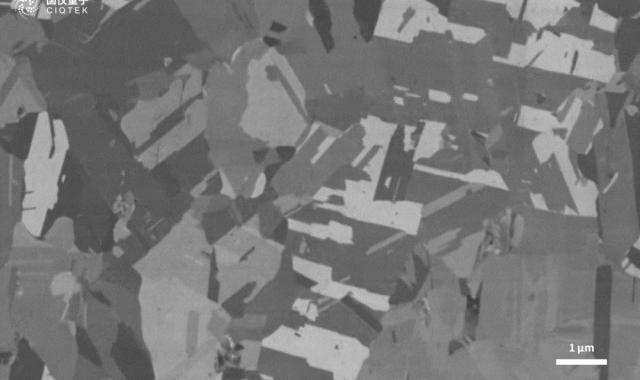EPR (Electron Paramagnetic Resonance) Spectroscopy, also known as Electron Spin Resonance (ESR) Spectroscopy, is a versatile analytical technique used to study materials containing unpaired electrons. Through careful manipulation of the electron spins EPR spectroscopy can provide valuable insights into molecular structure, dynamics, and electronic properties.
In this blog post, we will delve into the advantages of EPR spectroscopy and its wide range of applications.
Highly sensitive detection:
EPR spectroscopy is extremely sensitive and can detect and characterize paramagnetic species even at very low concentrations. It can identify and quantify trace amounts of free radicals, transition metal ions, and unstable molecular species. This sensitivity makes EPR spectroscopy an invaluable tool for the study of a variety of biological processes such as oxidative stress, enzyme reactions, and DNA damage, as well as for materials research in areas such as physics and materials science.
Structural Information:
EPR spectroscopy provides valuable information about the structure and environment of paramagnetic species. By measuring the g-factor (a dimensionless number representing the spin behavior of electrons) and hyperfine splitting (resulting from electron-nucleus interactions), researchers can infer the electronic structure, bond distances, coordination environments, and magnetic properties of the substance under study. This structural insight is essential for understanding chemical reaction mechanisms and for designing and optimizing catalysts and materials with specific properties.
Dynamic process studies:
EPR spectroscopy can study dynamic processes in a variety of systems. For example, it can probe the motion and dynamics of spin-labeled biomolecules and is used to study protein folding, membrane dynamics, and enzyme dynamics. By monitoring changes in the EPR signal over time, researchers can gain insight into reaction rates, conformational changes, and molecular interactions. The ability to study dynamic processes in real-time makes EPR an important tool in biochemistry and biophysics.
Non-destructive and versatile:
EPR spectroscopy is a non-destructive technique that allows researchers to study samples without altering their integrity or composition. This advantage is particularly important when studying fragile biological samples, where it is critical to maintain the integrity of the sample. In addition, EPR spectroscopy is versatile and applicable to many types of samples, including liquid, solid, gas and biological samples. This versatility allows researchers to address a wide range of scientific questions in different disciplines.
Complementary Techniques:
EPR spectroscopy is often used in conjunction with other analytical techniques such as NMR (Nuclear Magnetic Resonance), X-ray crystallography and mass spectrometry. These complementary techniques allow researchers to correlate structural, electronic, and magnetic information to gain a more complete understanding of chemical systems. By combining EPR spectroscopy with other methods, researchers can characterize complex materials and biomolecules in greater detail and with greater reliability.
EPR spectroscopy plays a vital role in modern scientific research, providing unique insights into the structure, dynamics, and properties of paramagnetic species. Its sensitivity, ability to provide structural information, and non-destructive nature make it an indispensable tool in a wide range of scientific disciplines. Through the continued advancement and application of EPR spectroscopy, we can deepen our understanding of the natural world and devise innovative solutions to complex challenges in fields as diverse as chemistry, biology, and materials science.
CIQTEK is a leading EPR spectrometer global manufacturer. Its EPR equipment offers high performance at a competitive price, making it an ideal choice for scientists.
Website: https://www.ciqtekglobal.com/
Here are some key advantages of CIQTEK's EPR spectrometers:
1. Affordable Solutions: CIQTEK aims to provide cost-effective EPR spectroscopy equipment without compromising quality. They offer different pricing options to suit various budgets, ensuring researchers get value for their investment.
2. Customizable Configurations: CIQTEK offers flexible EPR instrument setups, which can be tailored to meet specific experimental requirements. Researchers can customize features such as temperature control, multi-frequency capability, advanced spectroscopic techniques (ELDOR and HYSCORE), and compatibility with different sample types (liquids, solids, and biological materials).
3. User-Friendly Interface: CIQTEK's instruments are equipped with intuitive software interfaces, designed to be user-friendly for researchers of all experience levels.
4. Exceptional Customer Support: CIQTEK prioritizes customer satisfaction, providing excellent post-sales support. This includes comprehensive training resources, technical assistance, and access to customer stories and publications, showcasing their global EPR community.






